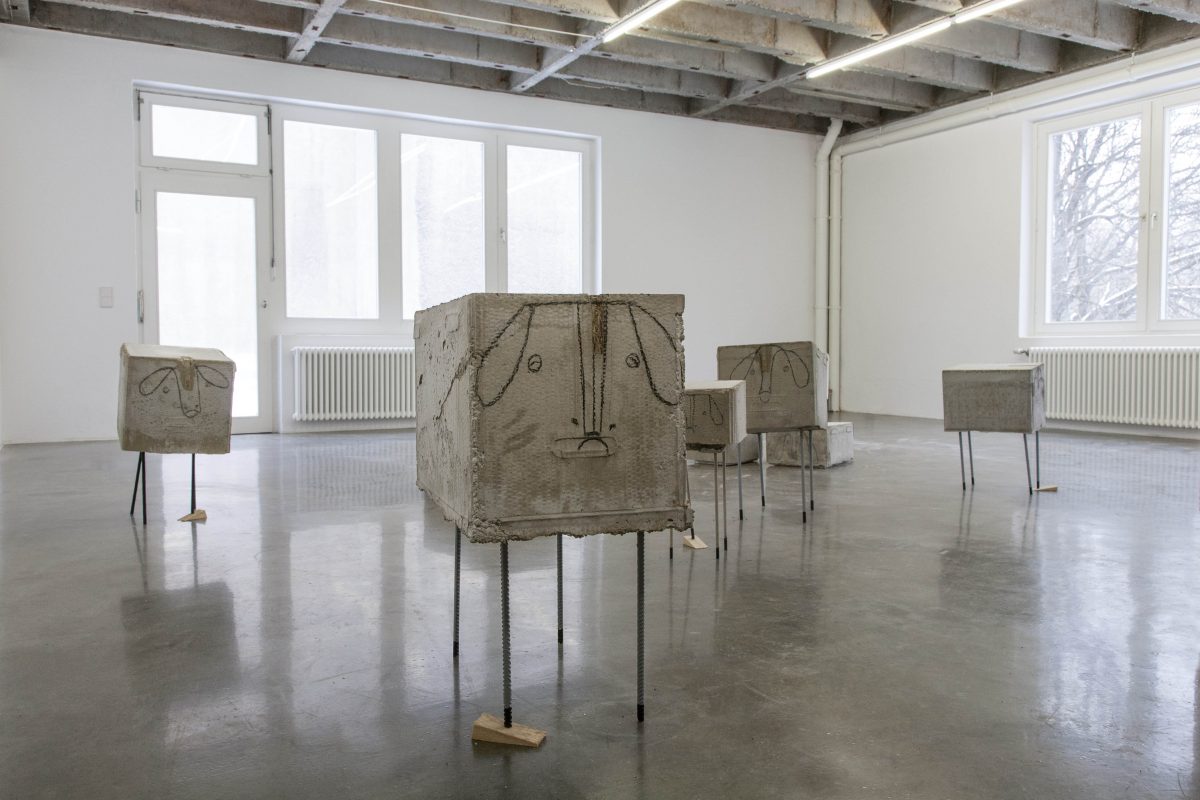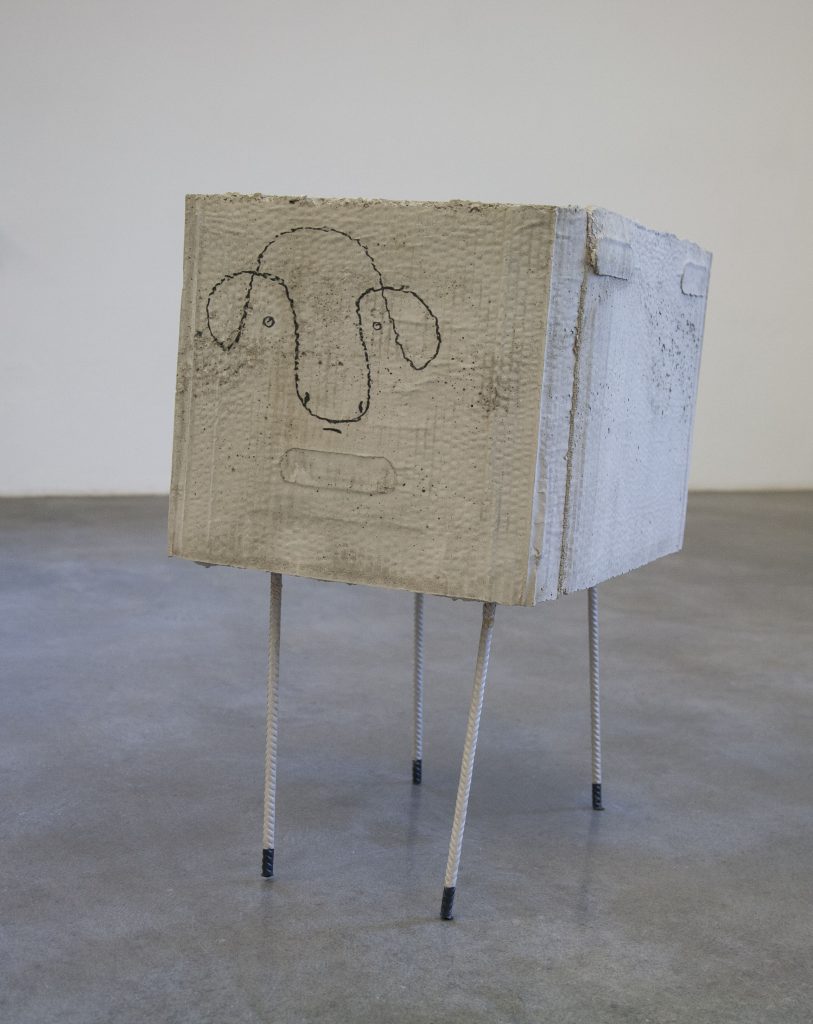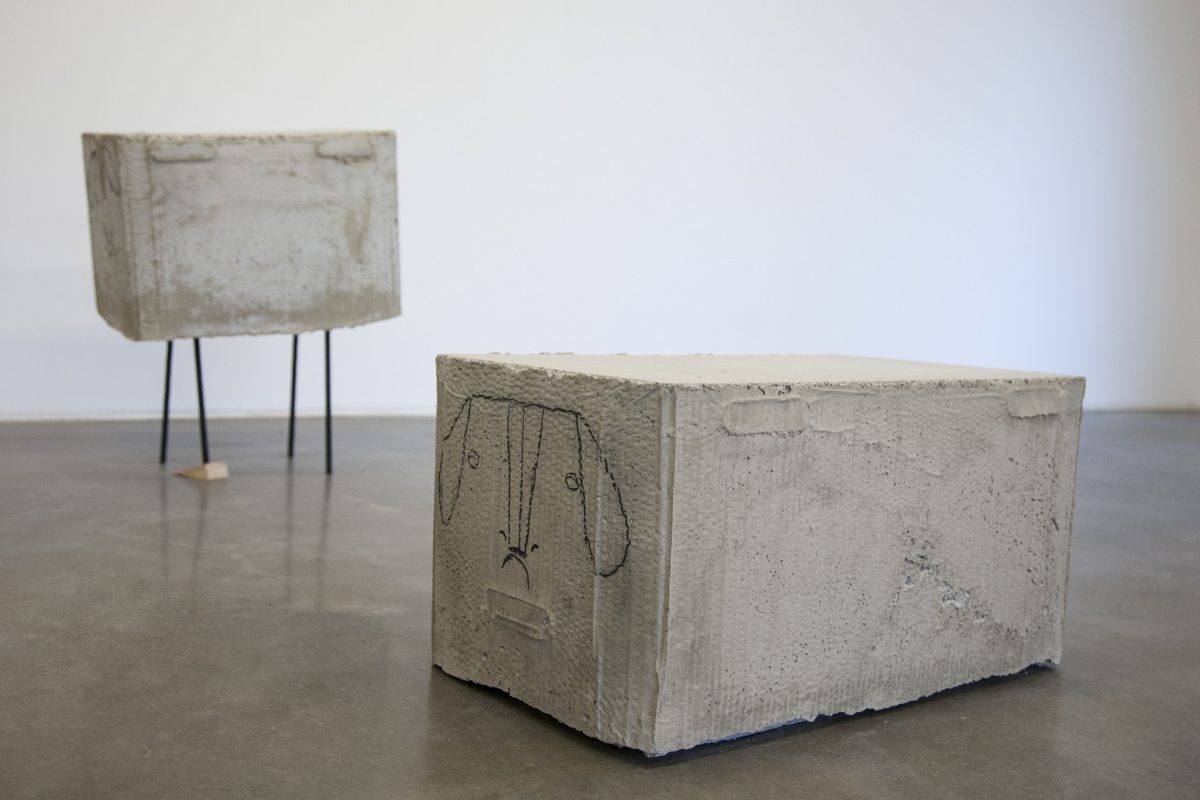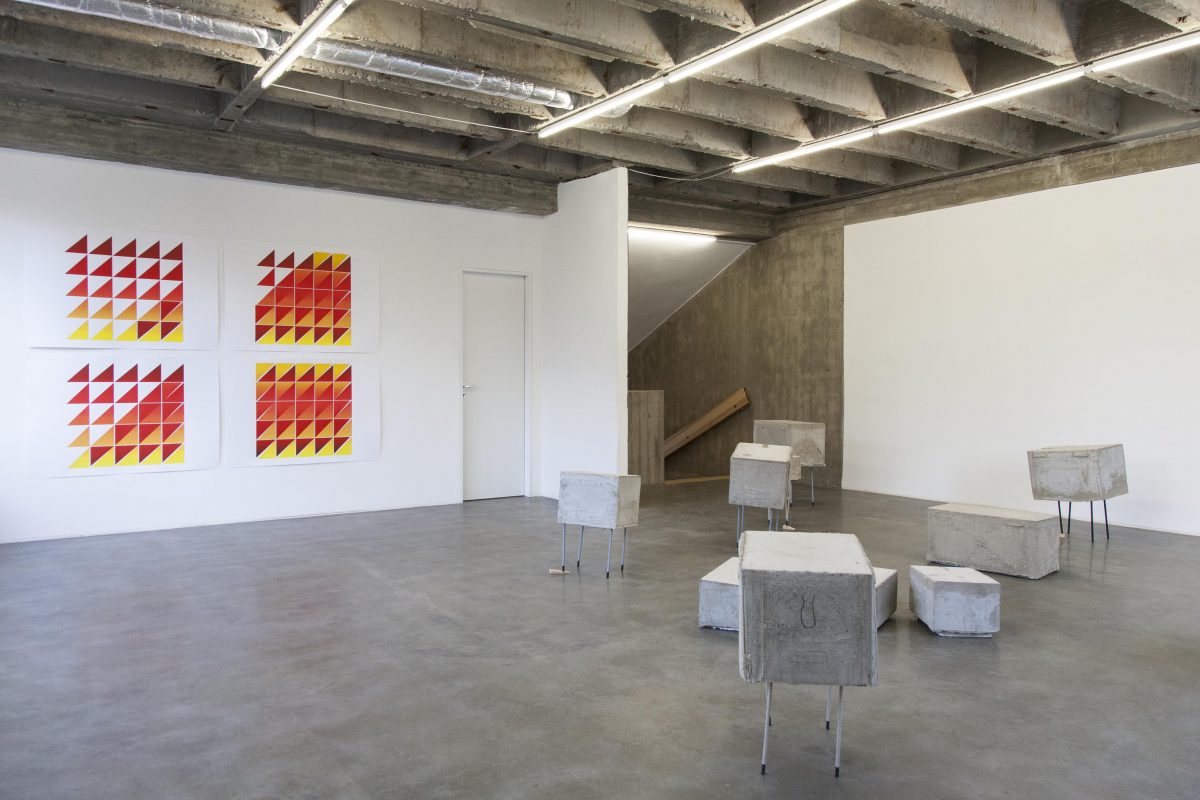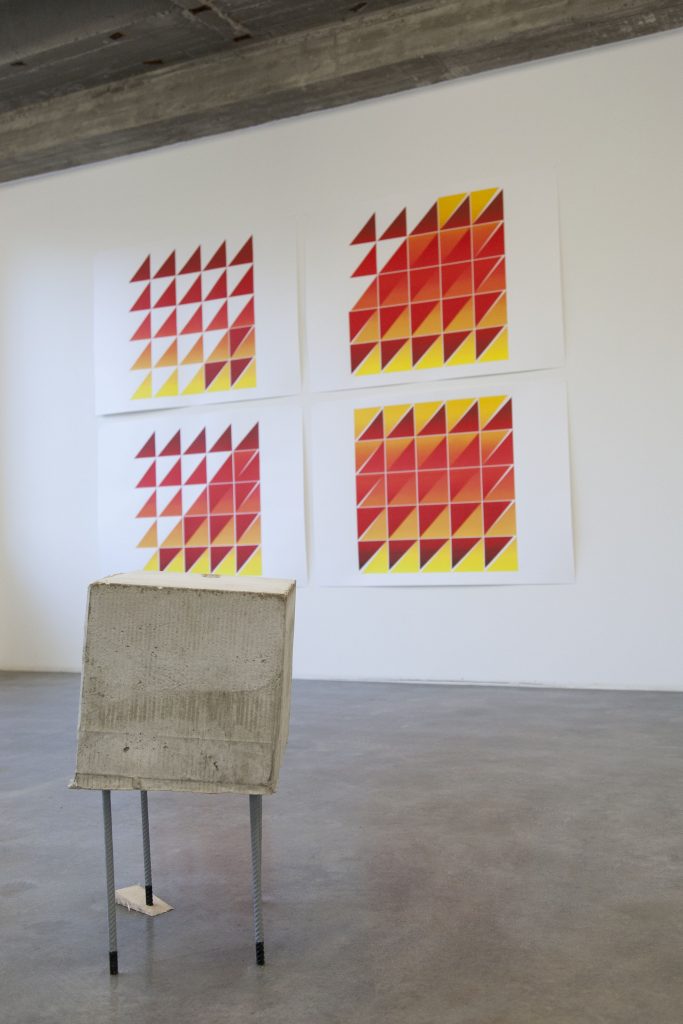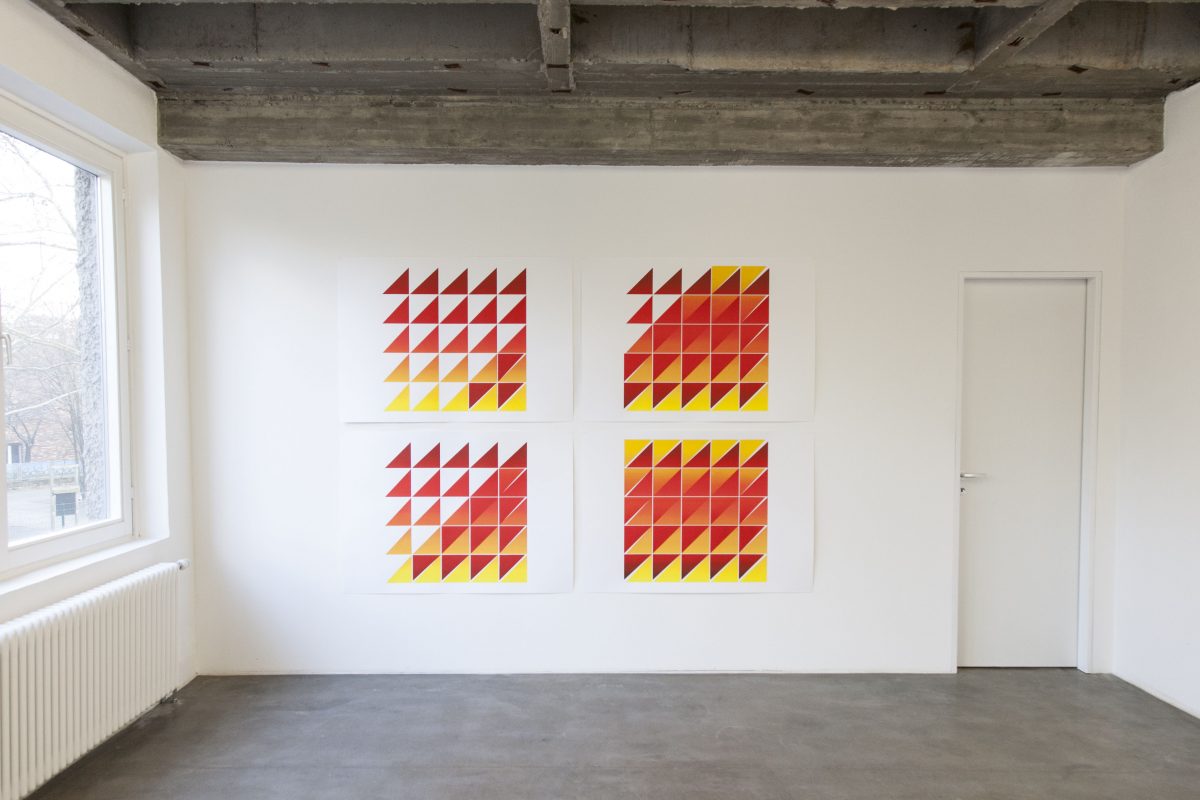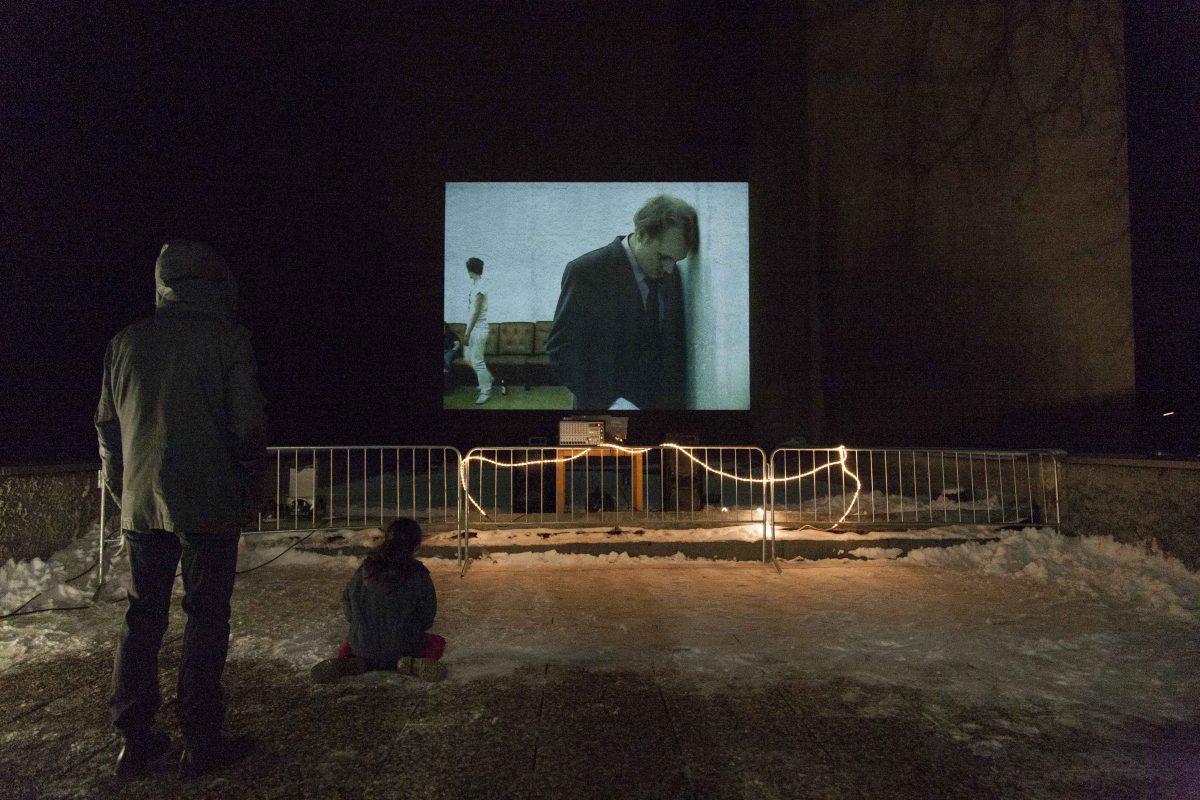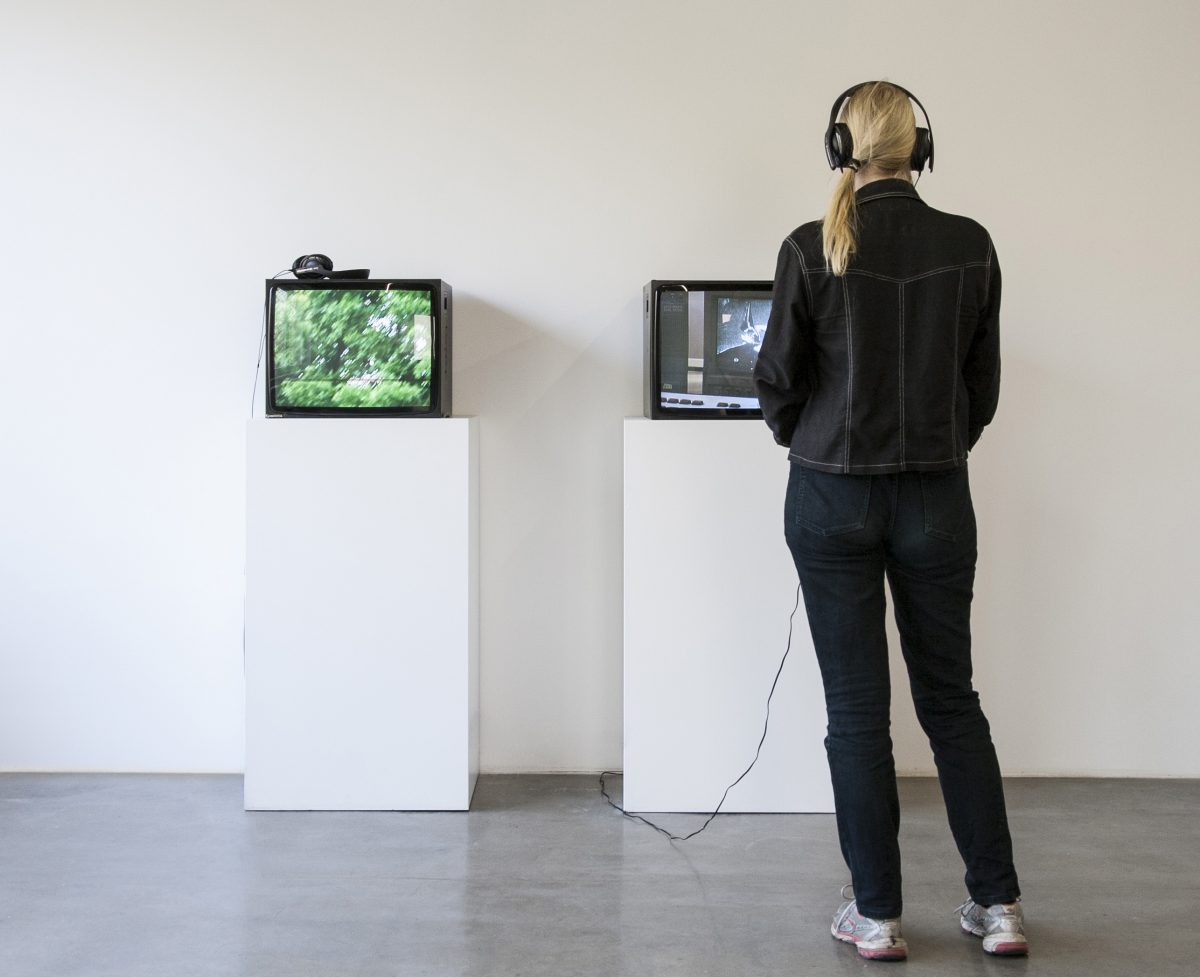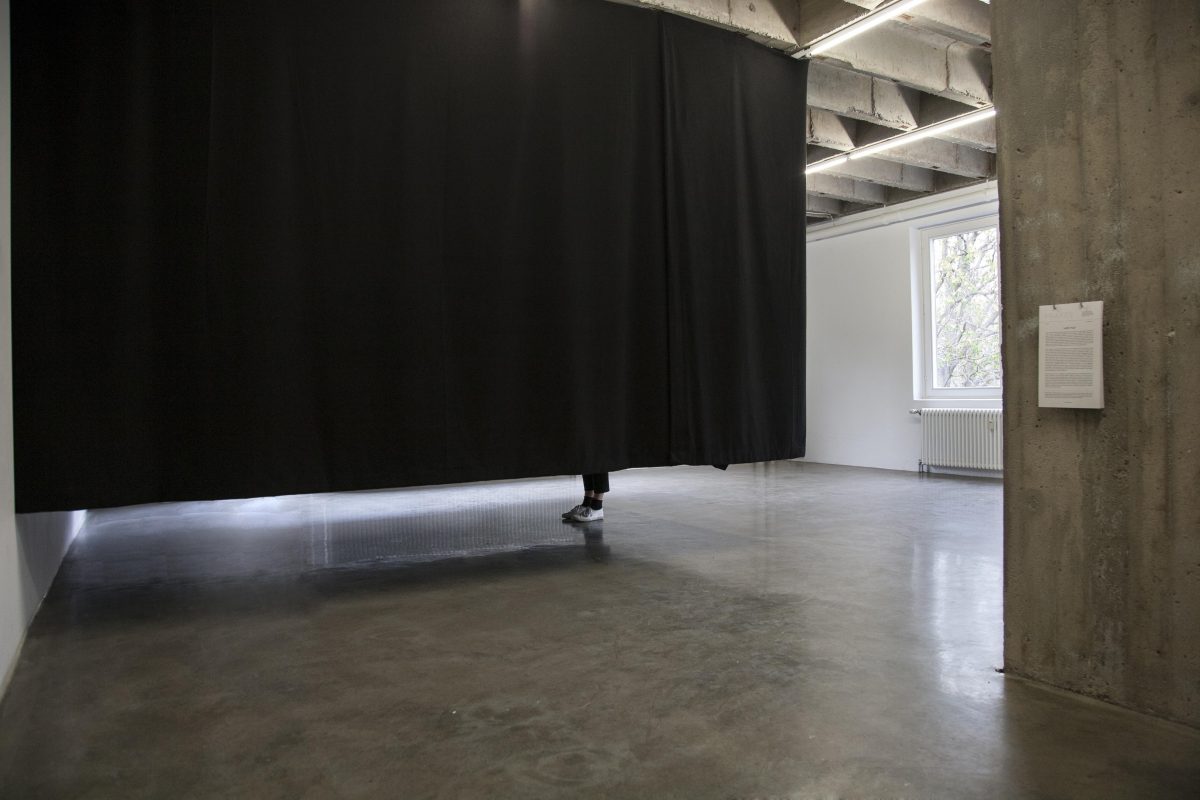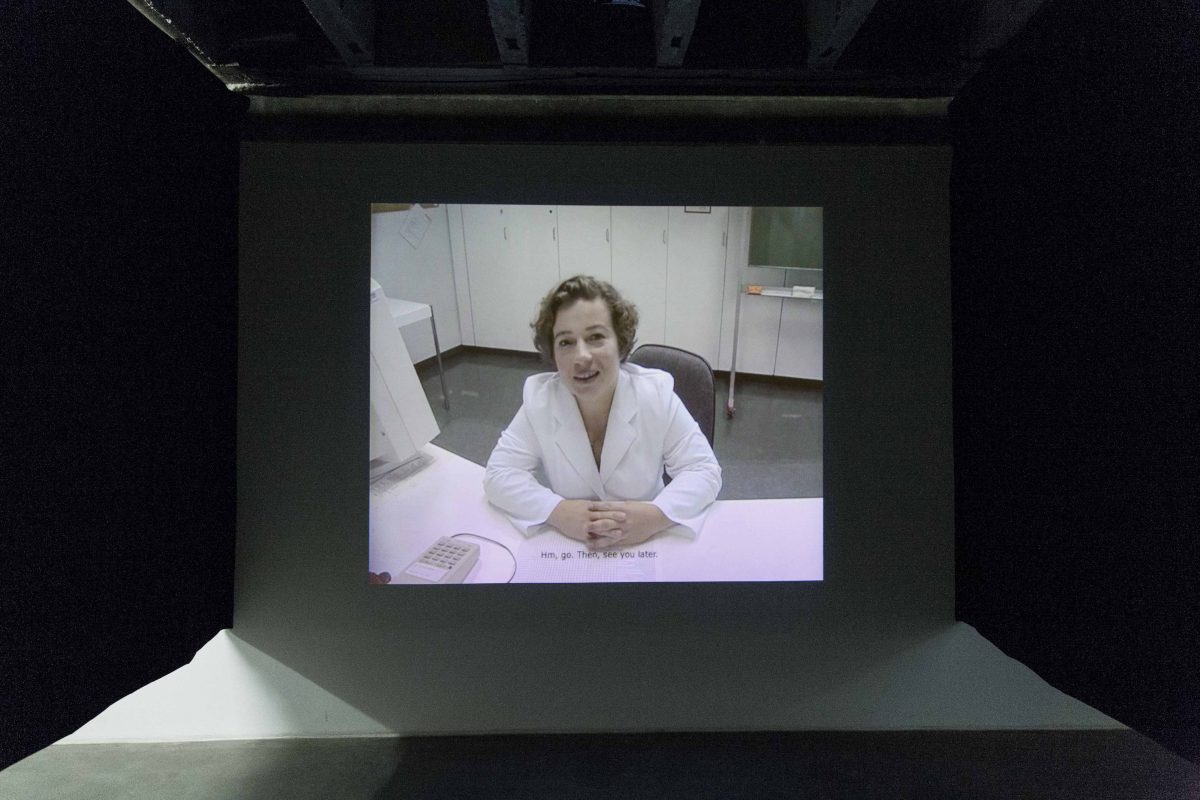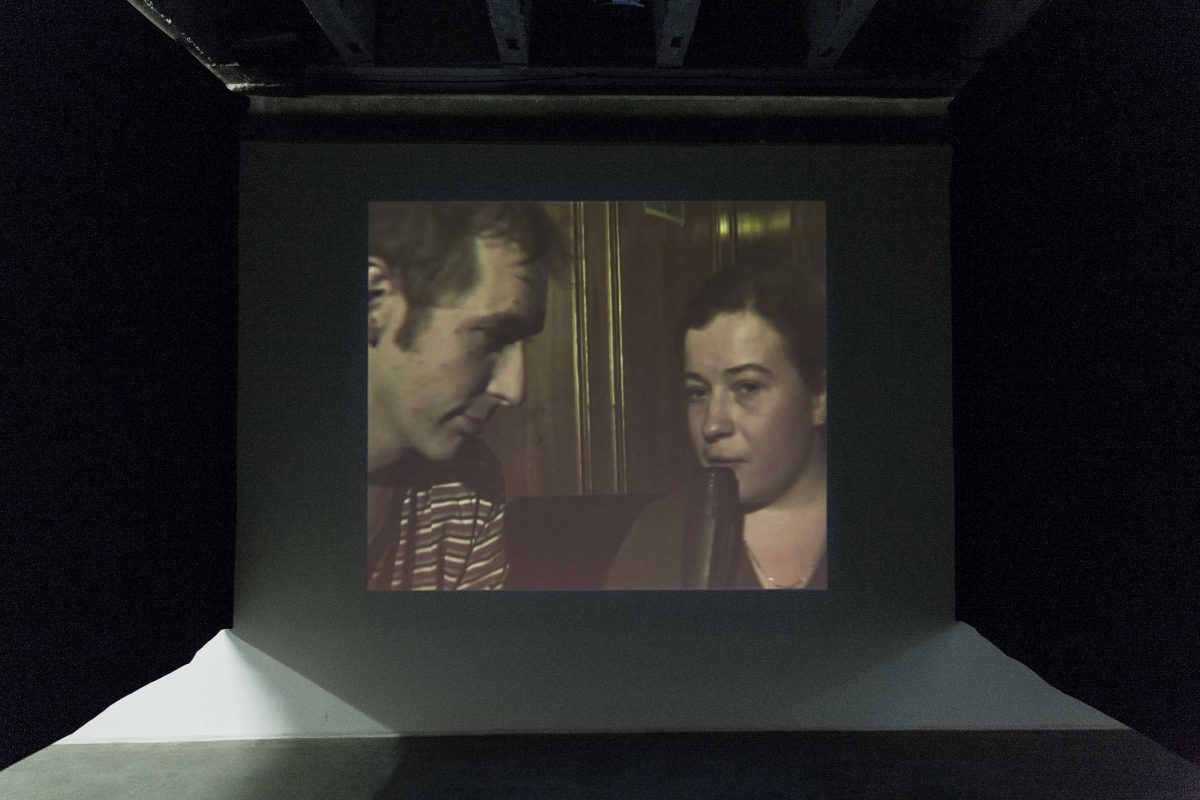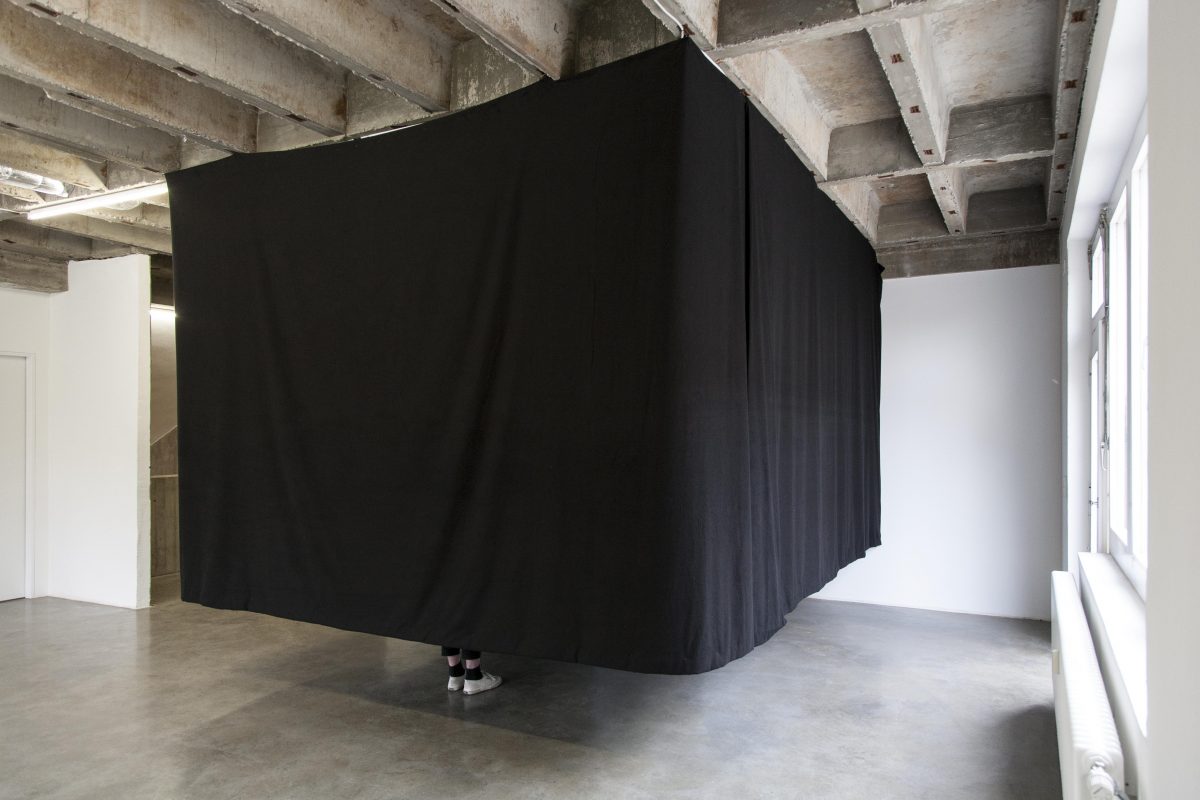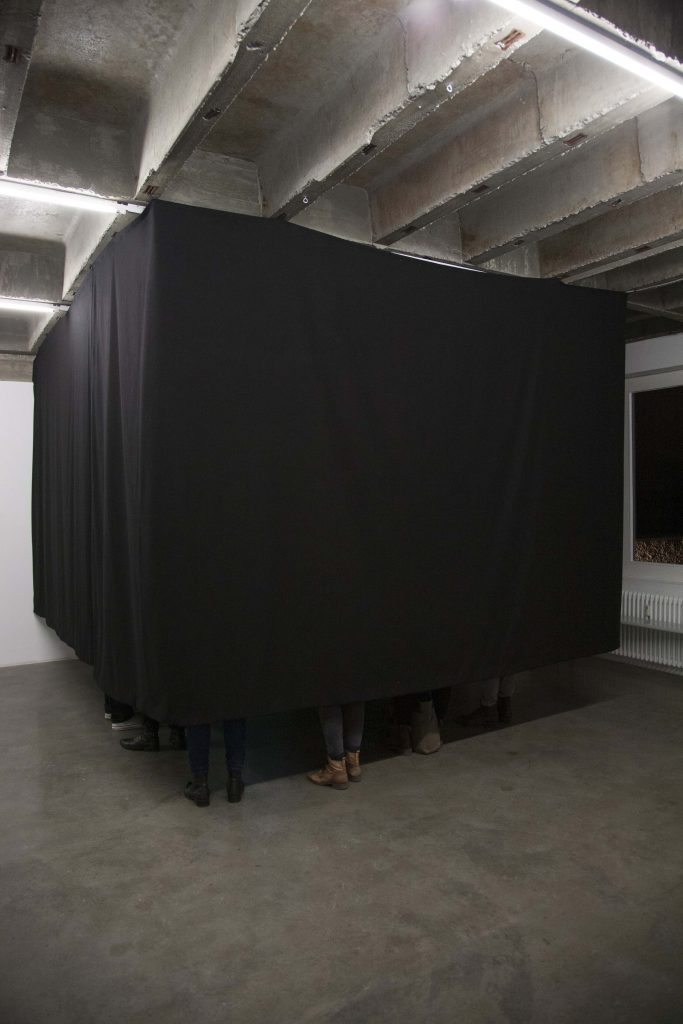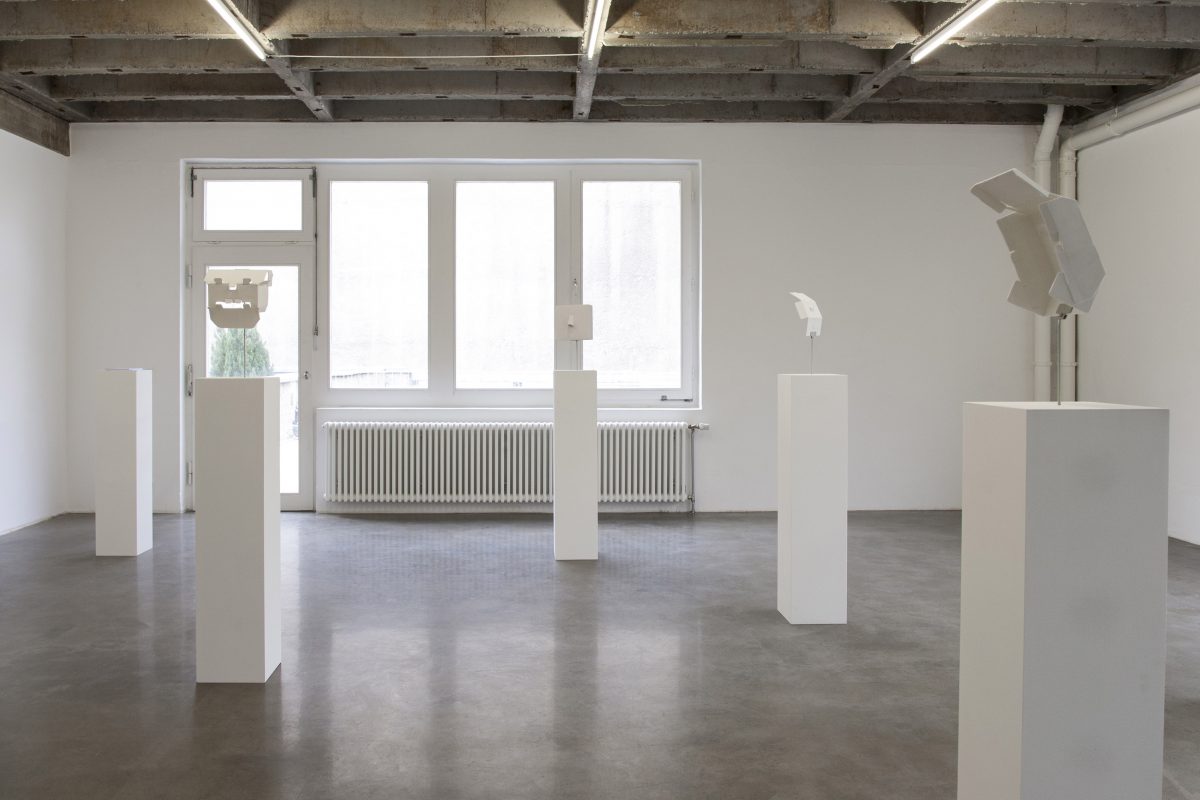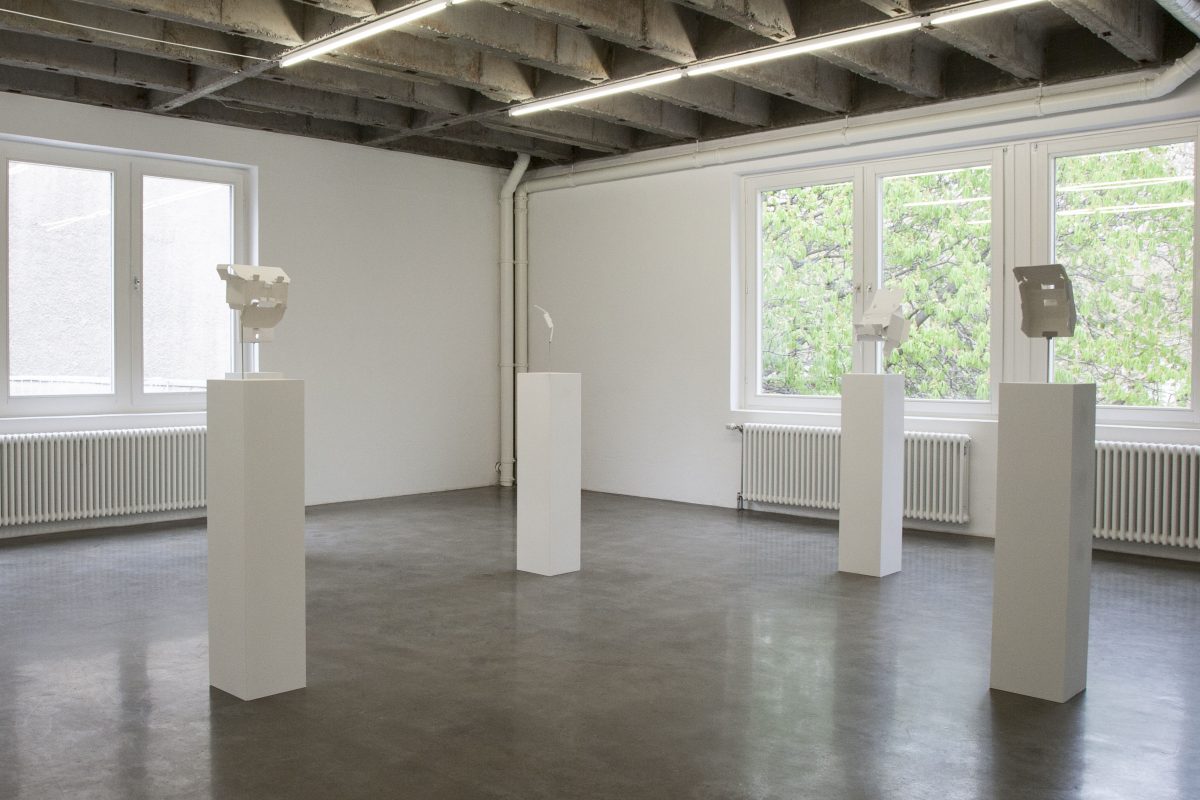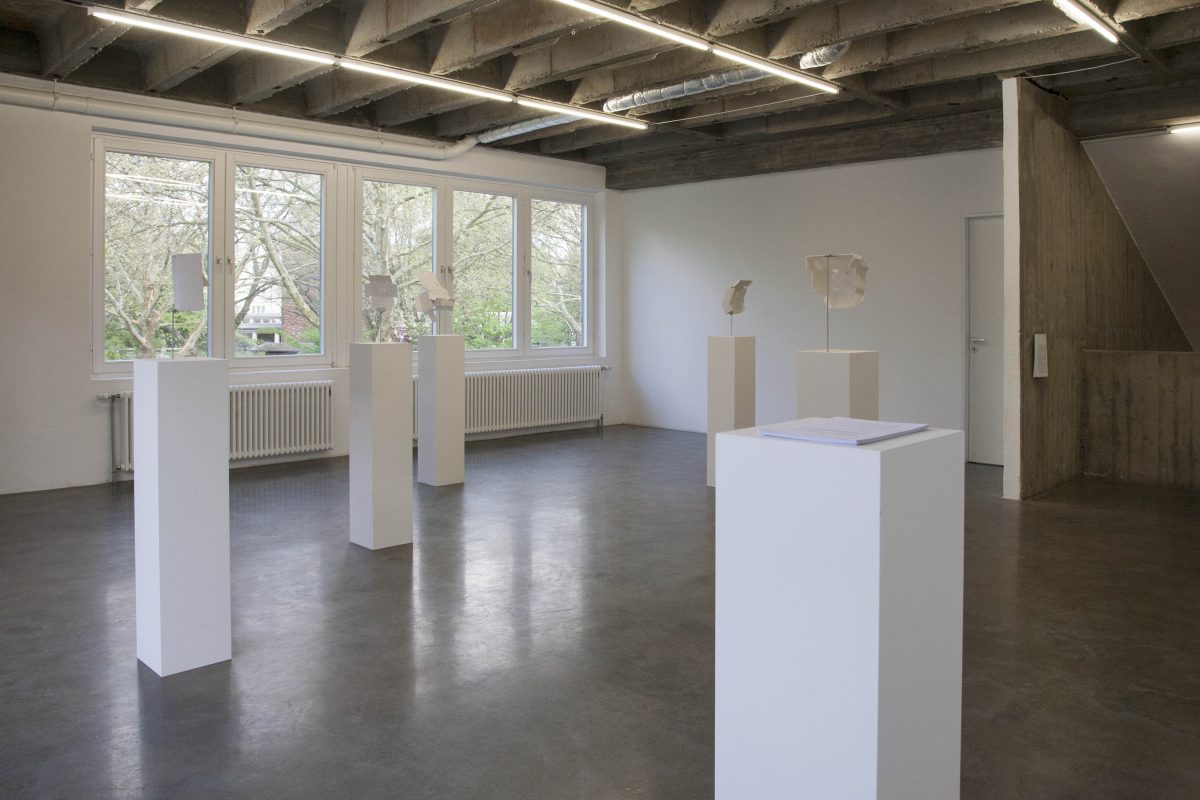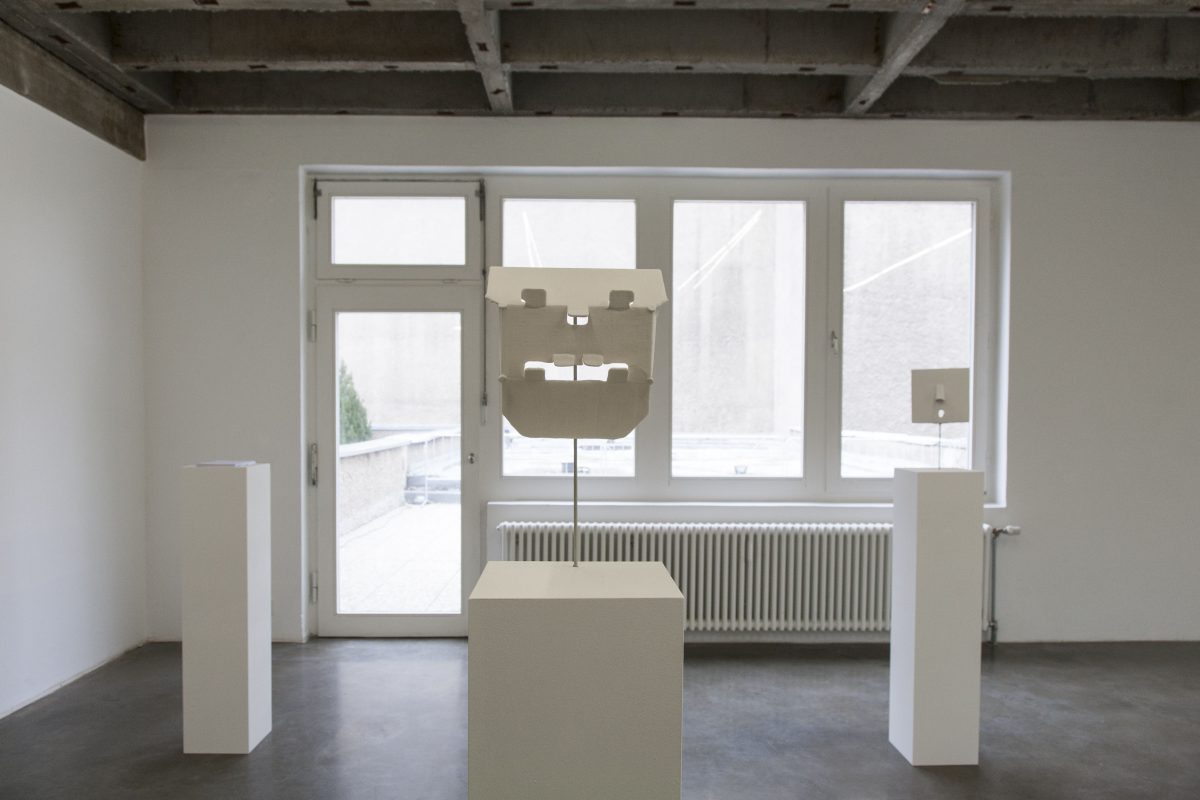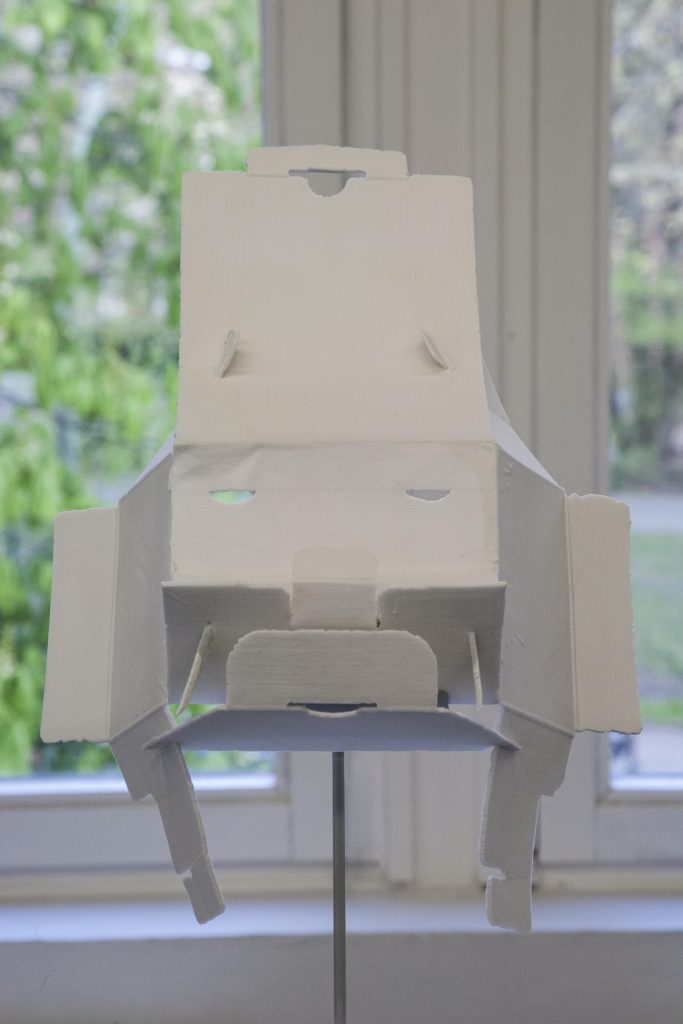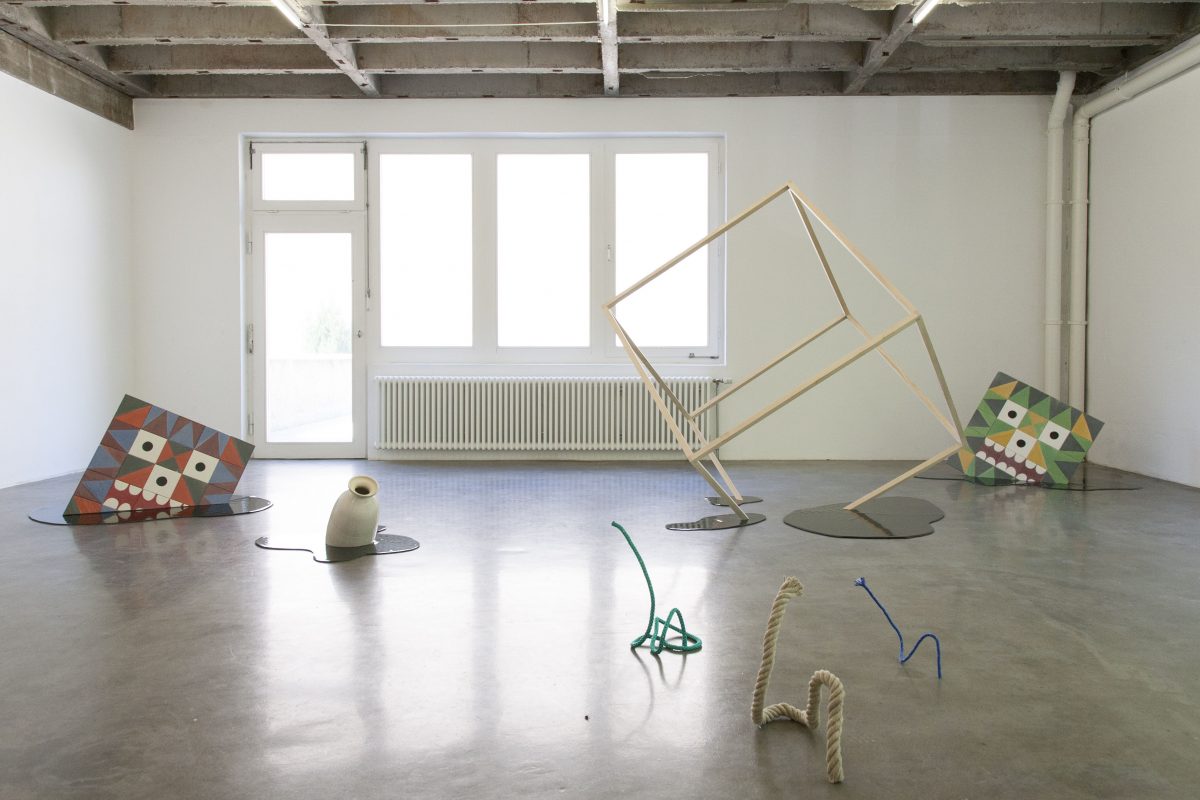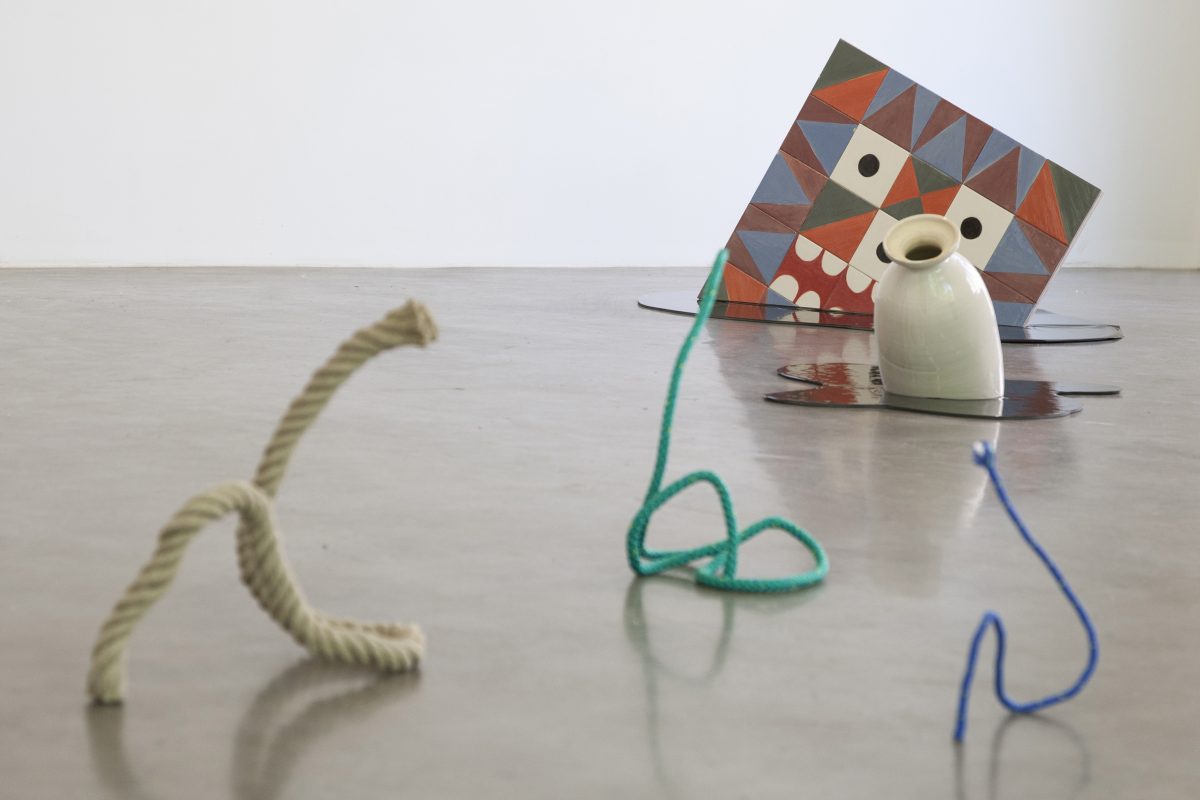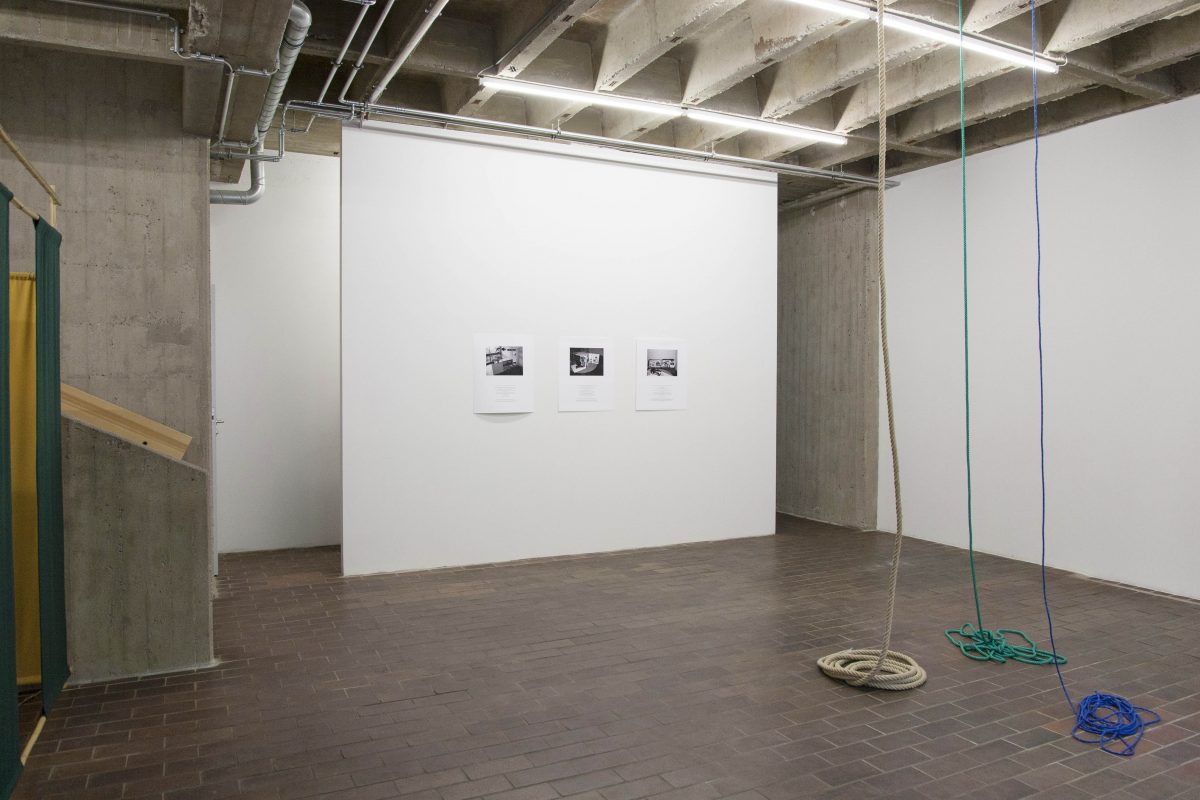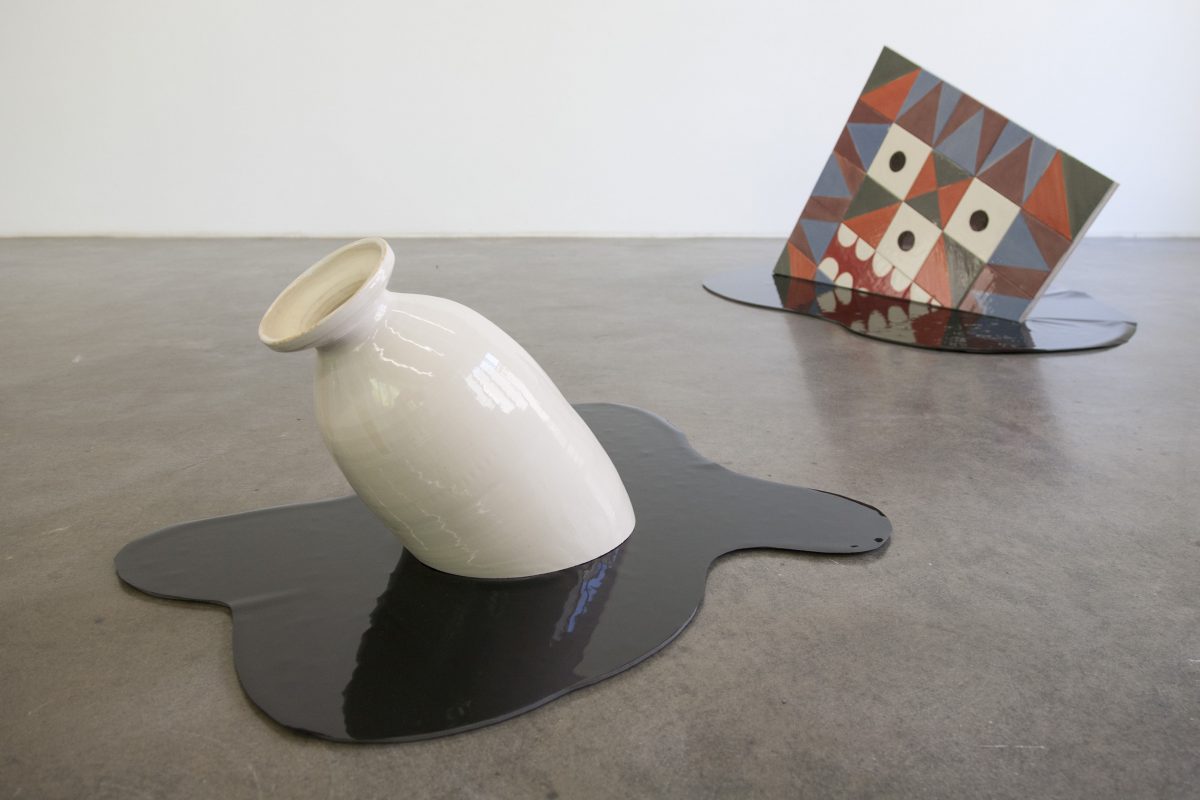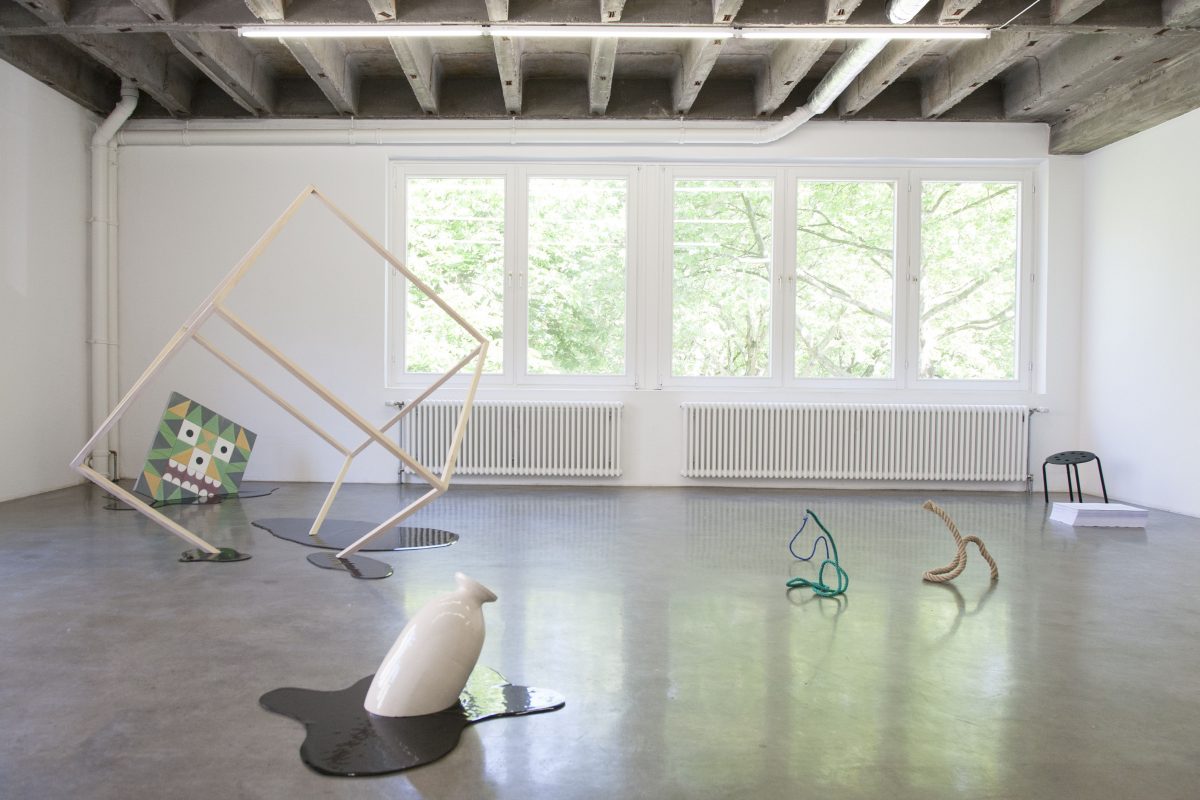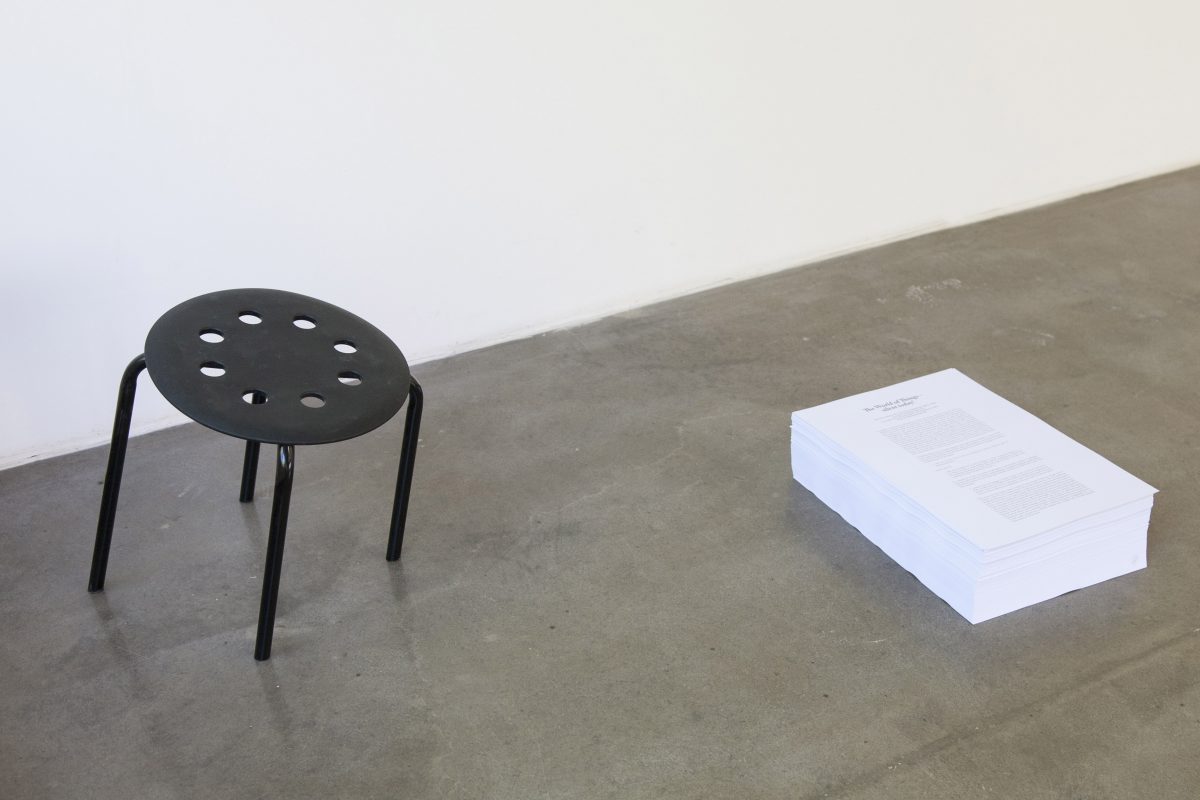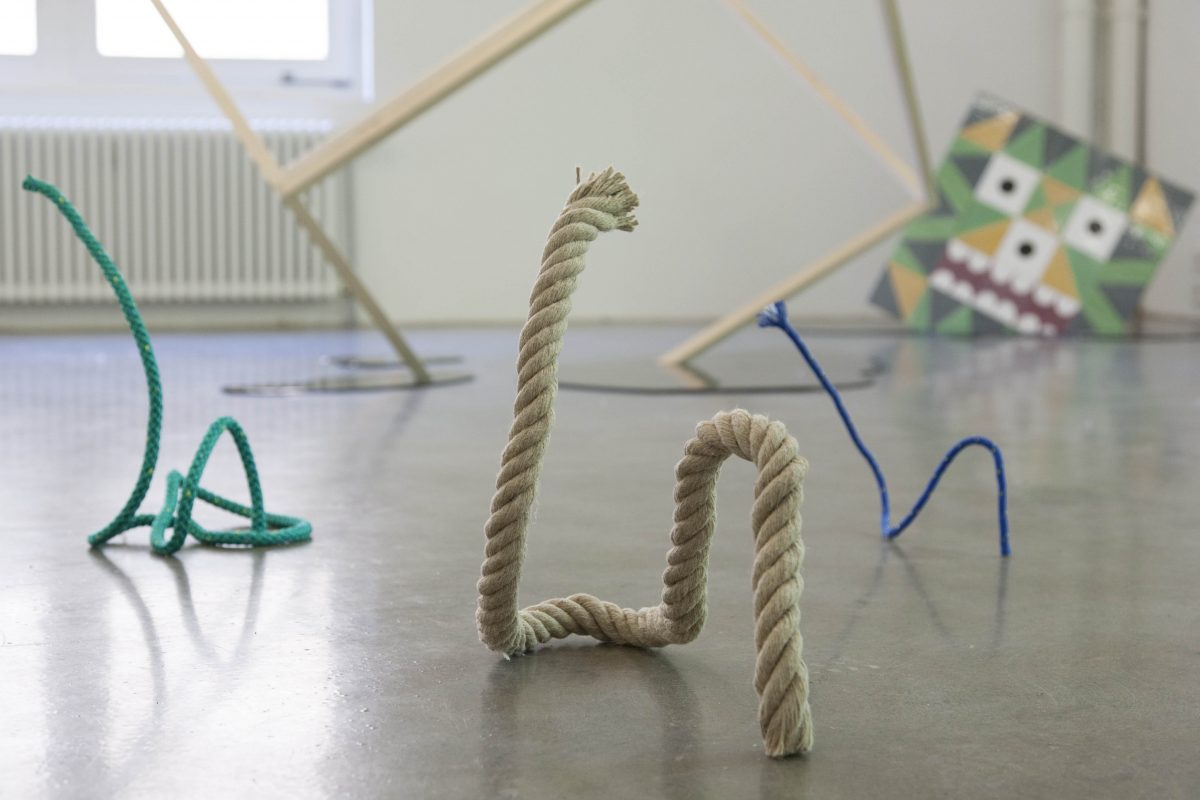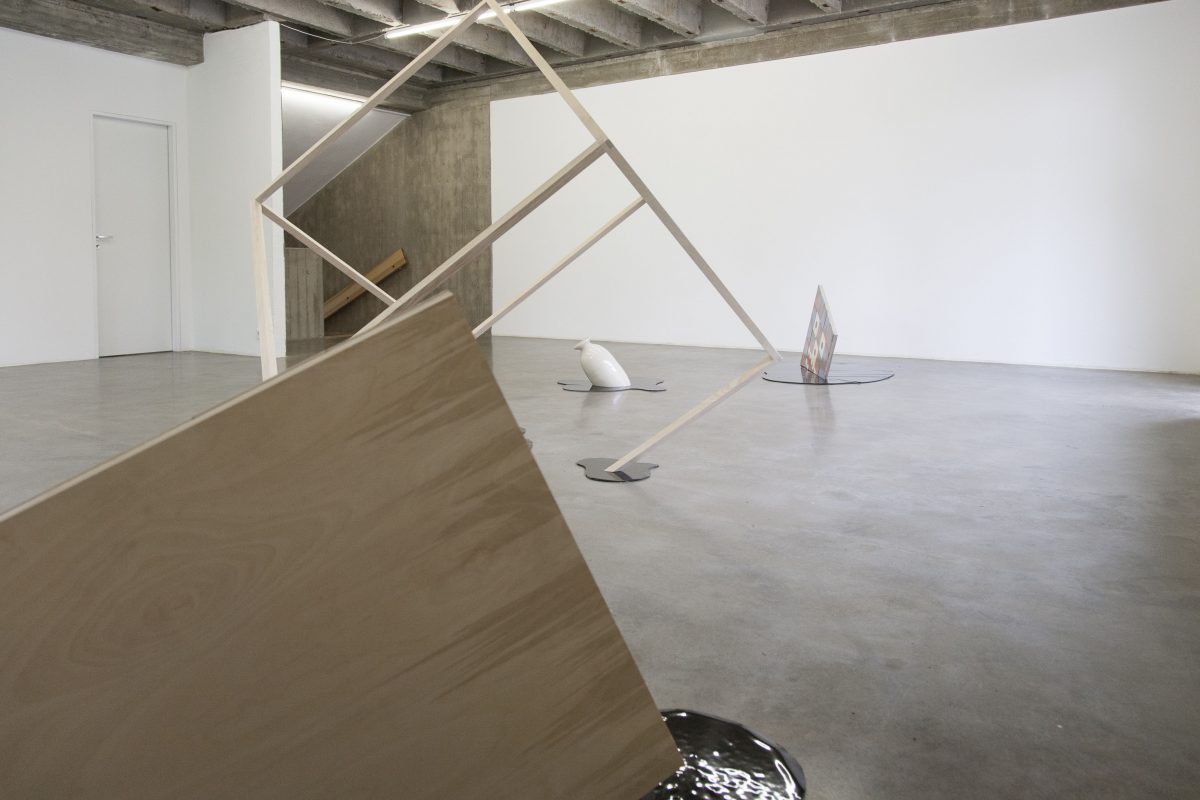
- This event has passed.
Untitled (1) – (2) – (3) – (4)
From performance, pop poetics, and discursive direction to short films, music videos, site-specific installations, and sculptures (spanning 3D prints, found objects, and ceramics), Judith Hopf maintains a practice of growing diversity. Paired with a tonguein-cheek attitude and slowed working process—deliberately setting her own minimum quota for creative output to a single film and a series of objects per year—her array of work presents a playful resistance to categorization and requirements of artistic production. Often propelled by her immediate environment, Hopf has repeatedly collaborated with other artists and worked with many non-profit institutions in Berlin.
Taking its cue from Hopf ’s defiance of conventions and fast turn-overs as well as thriving on her catalogue of collaborations—ongoing and new—Hopf ’s Cycle at PRAXES falls in four uneven measures.
Emphasizing deceleration to the point of deadpan stillness, the first exhibition centers on a flock of concrete sheep from 2013. Confronting the spectator with adirect, apathetic gaze and squeezing the crowd to the walls, the heavy herd rules the grey premises, grazing unimpressed on the (institutional) modernist layout.
Cast from standardized moving boxes, any expected activity is stagnated, solidified, and eternalized, as the animals square off in a partly precarious, partly hilarious balance on their thin, fragile legs. As such, they bear little resemblance to real sheep, only subtly marked by coal drawn faces. Yet as anyone who has desperately counted sheep to fall asleep knows, it is less important how sheepish the sheep actually appear. What matters is their repeated jump across the fence from wakeful consciousness to blissful sleep—that which the insomniac tracks, insistently, stupidly counting away.
As a second element in the space, a high noon is rising. Four silkscreen prints, part of Hopf ’s series Sun Up / Sun Down from 2013, cycle through a looped sequence of gradually adjusted transformations indicating time passing, or rather a visualized perception of daily repetition and change. Distinct borders melt into a kind of camouflage where small hand-made differences in shadows, layers, and echoes begin to stand out from the seemingly “industrial” patterns—emphasizing the hour of confrontation and crisis—but you might have to squint a little and approach it sideways to actually see it.
The herd and the prints are linked to the artist’s recent three-minute film Lily’sLaptop, screened as part of the 2014 Berlinale’s Forum Expanded exhibition takingplace at the former St. Agnes Church adjacent to PRAXES, 6–17 February, 11:00– 19:00.
untitled (1)
Emphasizing deceleration to the point of deadpan stillness, Hopf’s first exhibition module at PRAXES centered on a flock of concrete sheep from 2013, grazing unimpressed on the (institutional) modernist layout.
untitled (2)
With a rotating sequence and tailored display, Hopf’s second exhibition module at PRAXES shifted into fast-forward, presenting a comprehensive archive of the artist’s film works from the past two decades, captured in a ten-day screening program. Created at the deliberately slow pace of one work a year, Hopf’s film production hints at a long-term engagement with the resilience of humor and points of collective resistance.
untitled (3)
Judith Hopf’s third exhibition module at PRAXES took a closer look at a series of masks sculpted from hard-drive and smart-phone packaging and recreated as 3D-prints. The functionless, unemotional faces of everyday technology draw out the complicated bond between humans and their tools.
untitled (4)
For her fourth and final display, Judith Hopf created a brand-new installation responding to the cyclical investigations at PRAXES. As if in evolution or metamorphosis, things emerged and submerged into the polished concrete flooring—or through it entirely. Slowly sinking or about to rise, a landscape of detritus, or objects under construction. Plus to minus, minus to plus, sun up, sun down, (re)cycling. Turning points, how to adapt, how to risk, how to read water levels, interest rates, housing prices, how to reemerge, how to disappear.

